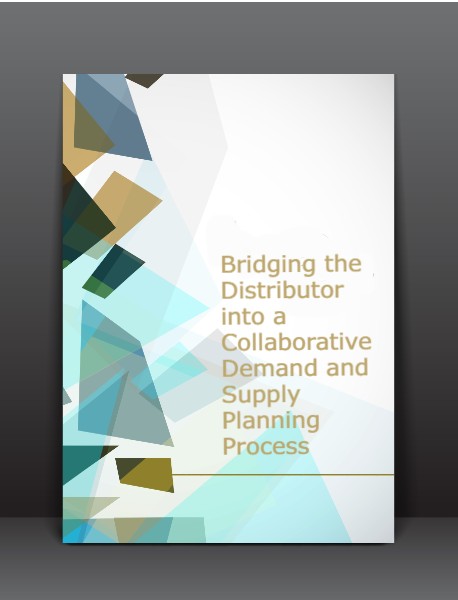
Bridging the Distributor into a Collaborative Demand and Supply Planning Process
Abstract
Based on their study of the food distribution supply chain, Can Eksoz and Dilek Önkal argue that the distributor has largely been overlooked in the principles we’ve created for collaborative demand and supply planning. Their article re-inserts the distributor into the supply chain and examines the challenges of collaboration from the distributor’s vantage point. This is a good lesson in how collaborative agreements must address the particular structures of the supply chain as well as the markets in which the supply-chain partners operate.
KEY POINTS
- Distributor companies are those that own the distribution and supply chain operations of manufacturers in specific markets. Both upstream (manufacturer) and downstream (retailer) actions can interfere with their demand and supply plans, and distribution centre (DC) and department-level uncertainties can aggravate their vulnerable landscape.
- To get the best possible inventory and service level performance in supply chains where a distributor coordinates the downstream supply chain from the manufacturing point onward, all parties (manufacturer, distributor, retailer) must accept their joint responsibilities and obligations and quickly communicate problems and issues.
- This article presents the foundations of an effective collaborative system among retailers, distributors, and manufacturers. The components are based on our industry experience and survey of food distributor companies, supplemented with our academic work on collaborative forecasting in food supply chains
For citation:
Eksoz, C. and Onkal, D. (2018) Bridging the Distributor into a Collaborative Demand and Supply Planning Process. Foresight: the International Journal of Applied Forecasting. Spring 2018. 49: 39-45.




